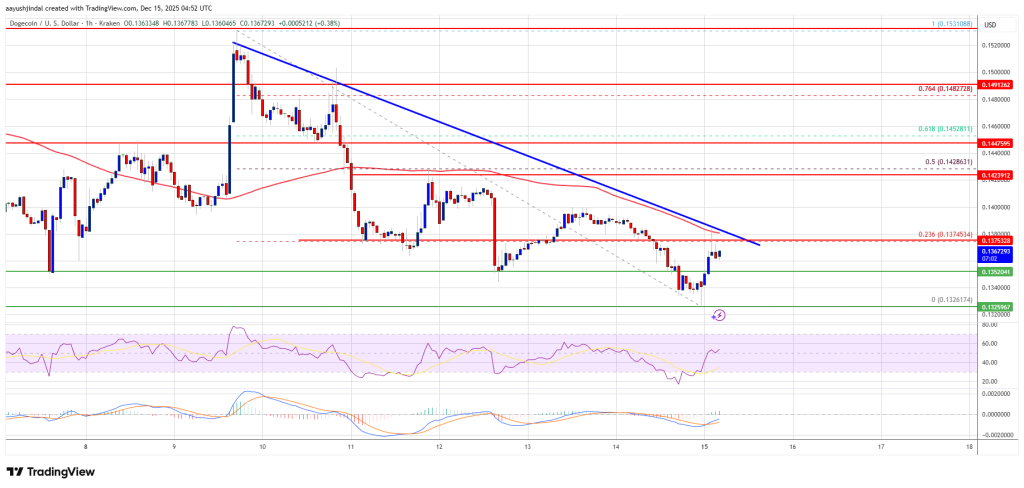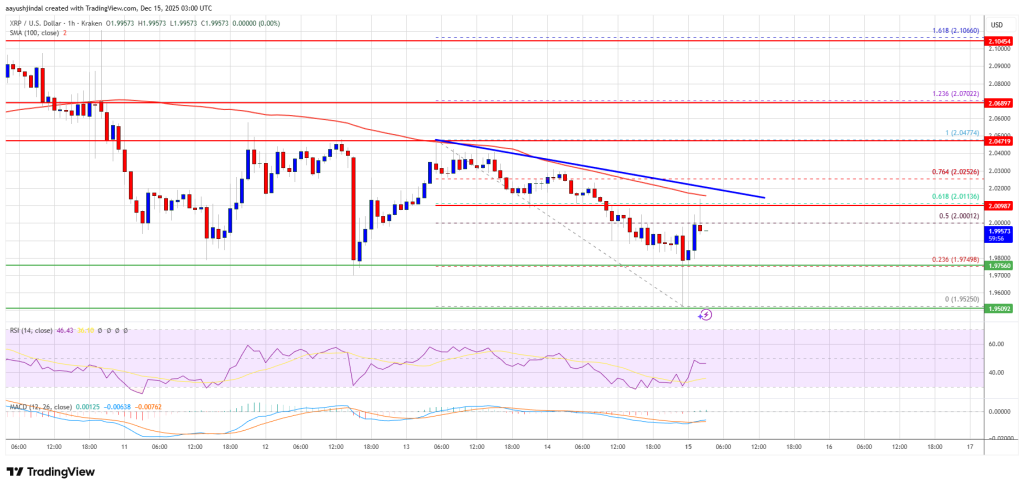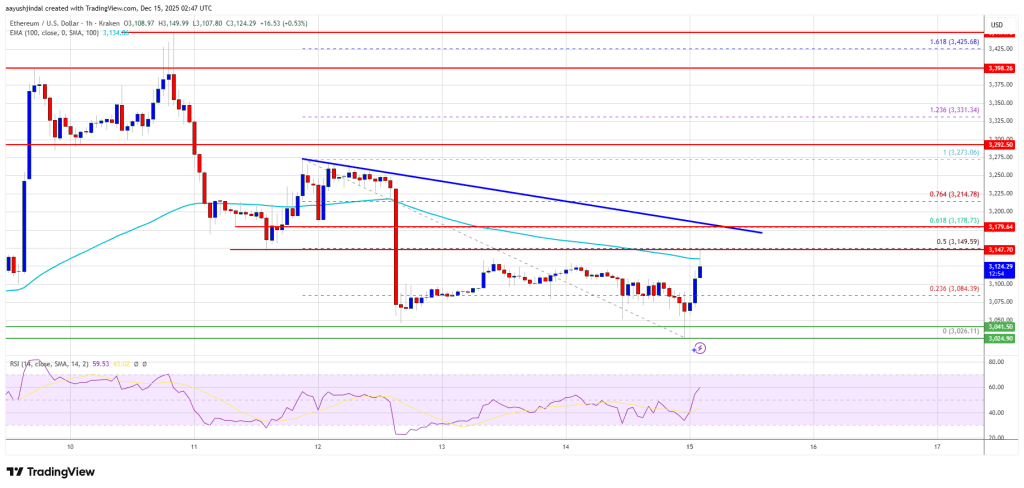
Crypto Firms Eye Banking Charters as Trump’s Return Shifts Regulatory Landscape
In an era of heightened financial oversight, securing a bank charter has been a formidable challenge. The numbers tell the story: in 2023, U.S. regulators approved just four new bank charters—a drastic drop from the annual average of 144 between 2000 and 2007, according to S&P Global. However, the tide may be turning.
With the Trump administration back in power, financial technology and cryptocurrency firms see an opening. A regulatory shift—one they perceive as friendlier to innovation—is rekindling interest in state and national bank charters.
A Friendlier Regulatory Landscape
Historically, regulatory agencies have been hesitant to greenlight new bank charters, averaging just five approvals per year from 2010 to 2023. Now, with new Trump-appointed officials taking the reins, fintech and crypto companies are sensing an opportunity to break through bureaucratic gridlock.
“We have seen a lot more interest. We are working on several applications now,” said Alexandra Steinberg Barrage, a partner at Troutman Pepper Locke, in an interview with Reuters. Her clients remain cautiously optimistic, waiting to see how new regulatory leaders shape the banking landscape.
Nathan Stovall, director of financial institutions research at S&P Global Market Intelligence, reinforces this perspective. A deregulatory shift could simplify a process long plagued by red tape and restrictive policies.
Why Crypto Firms Want Bank Charters
For cryptocurrency firms, securing a banking charter isn’t just about prestige—it’s a game-changer in cost efficiency and credibility.
A charter allows companies to tap directly into customer deposits, drastically cutting borrowing costs. Carleton Goss, a partner at Hunton Andrews Kurth, who is handling multiple such applications, highlighted this financial advantage in a March 18 Reuters report.
But beyond cost savings, a banking license brings legitimacy. In an industry frequently battling skepticism and regulatory scrutiny, gaining the same regulatory status as traditional banks could expand market opportunities and attract more institutional clients.
Yet, the road to approval is far from smooth.
The Costly, Complex Path to a Bank Charter
The price tag for launching a bank is steep—anywhere from $20 million to $50 million, legal experts estimate. And financial investment is just the beginning.
Applicants must navigate stringent compliance requirements, including anti-money laundering (AML) laws and the Bank Secrecy Act. The process can take years, demanding patience and airtight operational frameworks.
Recent events serve as a cautionary tale. The 2024 collapse of Synapse Financial Technologies, a fintech-banking intermediary, prompted regulators to propose tougher guidelines for banks partnering with fintech firms. Crypto applicants are unlikely to escape such scrutiny.
Regulators will demand strong capital reserves, risk management protocols, and compliance safeguards, ensuring that only the most resilient firms make it through.
The Potential Impact on U.S. Banking
The U.S. banking sector remains vast, with over 4,500 institutions operating in 2025, according to S&P Global. However, ongoing consolidations and mergers are expected to shrink that number.
If crypto-backed banks gain traction, they could shake up the industry. These firms may introduce innovative financial products, streamlined payment solutions, and enhanced consumer services—forcing traditional banks to evolve.
Still, it remains a high-stakes gamble. Not every applicant will secure approval, and those that do must prove their ability to operate within the tightly regulated banking system.
A Watershed Moment for Crypto and Fintech
The renewed interest in banking charters marks a pivotal moment for the crypto and fintech sectors. With Trump’s return shaping a potentially more lenient regulatory environment, companies are seizing the moment to redefine their roles in the financial ecosystem.
Whether this leads to a new era of crypto-friendly banking or a continued regulatory struggle remains to be seen. One thing is certain: the market is watching closely, and the outcome could reshape the financial landscape for years to come.




